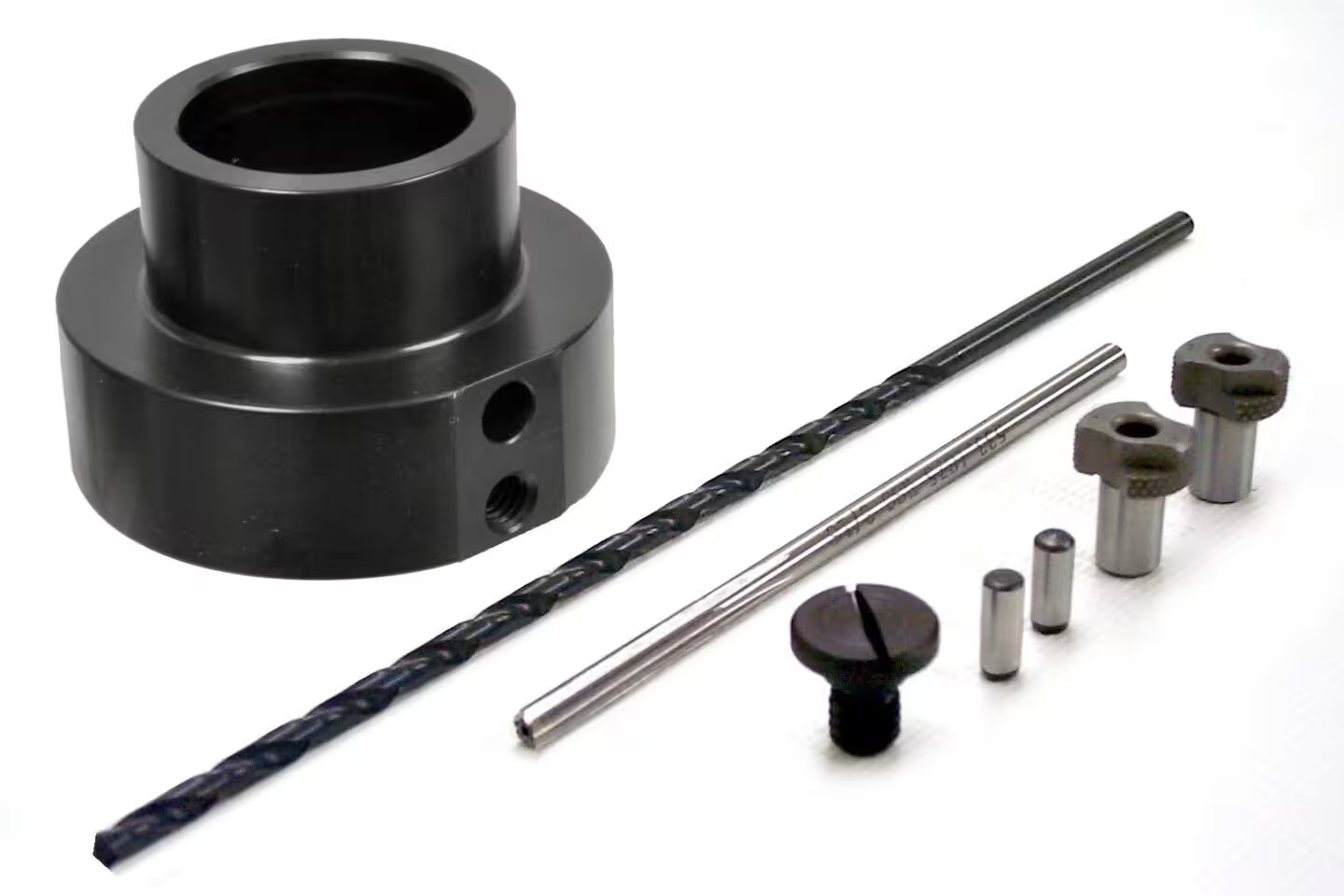In the past, engines came from the factory with keyways cut into both the crankshaft and damper hub, and we’re held together with a square key. However, when the LS1 was released, it came with a smooth crankshaft snout and the damper was simply press-fit onto the hub, and that was enough interference to prevent the damper from rotating on the crankshaft. The phrase “pinning your crank” hadn’t entered the automotive lexicon yet.
However, the LS1 became a hit with the performance aftermarket and in short order it was realized that not having mechanical retention was an issue. “The ASA Racing Series went to sealed, LS1 Engines for the 2000 racing season. Lingenfelter built all the engines using an ATI Super Damper. Of course the engine came with no keyway and relied on the friction washer only,” explains ATI Performance Products’ J.C. Beattie, Jr.
“The ASA series ran some one-day events, where you would have to qualify and then race with the same set-up. This meant on brand-new tires, set up for a long race, the car would bounce off the rev limiter a number of times at the end of each straight. Then again in the race after each tire change and we soon discovered this was causing the snout to recoil backwards on each hit and ultimately allow the damper to spin on the snout and loosen the crank bolt. Since all of the engines were built already, Jim Beattie came up with the patented ATI Damper Crank Pin Drill Fixture that we still offer today.”
Here you can see the contents of the kit. The two drill guides are held in the fixture byt the large screw and the long drill bit allows access from a variety of positions, whether the engine is on a stand or in the car. The reamer ensures that the hole is perfectly sized.
Why Pin The Crank?
If you have the engine apart, you can add single and even double keyways for today’s most aggressive use-cases. However, probably ninety percent of the people who can benefit from a keyed crank will never have the engine out of the car, let alone the crankshaft out of the block. So ATI’s drilling fixture allows you to mechanically secure the damper hub to the crankshaft, while everything is still in the car.
“The [factory] press fit, combined with the clamping load from the crank bolt, do a good job of holding the damper from spinning in normal circumstances, but most of us are not interested in ‘normal’,” laughs ATI’s Stuart Smith. “If you are planning on aggressive driving, track days, nitrous,…
Click Here to Read the Full Original Article at DragzineDragzine…

